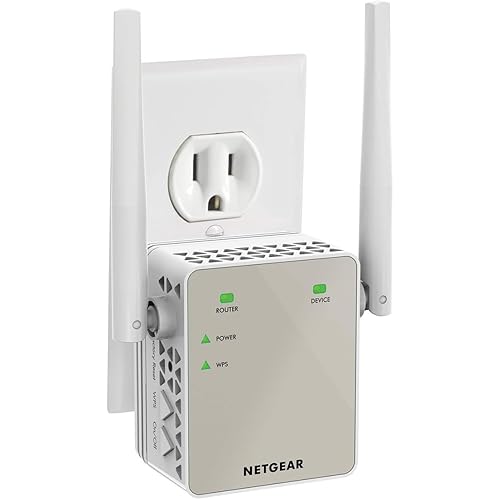TP-Link AX6600 WiFi 6 Gaming Router (Archer GX90)- Tri Band Gigabit Wireless Internet Router, High-Speed ax Router, Smart VPN Router for a Large Home







Notify me when this product is back in stock
Buy Now, Pay Later
- – 6-month term
- – No impact on credit
- – Instant approval decision
- – Secure and straightforward checkout
Payment plans are offered through our trusted finance partners Klarna, Affirm, Afterpay, Apple Pay, and PayTomorrow. No-credit-needed leasing options through Acima may also be available at checkout.
Learn more about financing & leasing here.
FREE 30-day refund/replacement
To qualify for a full refund, items must be returned in their original, unused condition. If an item is returned in a used, damaged, or materially different state, you may be granted a partial refund.
To initiate a return, please visit our Returns Center.
View our full returns policy here.
Recently Viewed
Features
- Game Band: Tri-Band structure provides a 4.8 Gbps Game Band for your gaming rigs and bings pure immersion. 4804 Mbps (5GHz, HE160) + 1201 Mbps (5GHz) + 574 Mbps (2.4GHz)
- Game Accelerator: Detect and optimize gaming streams, to ensure your gaming stays immersive
- Ultra Connectivity: 1 2.5 Gbps WAN/LAN port + 1 1 Gbps WAN/LAN port + 3 Gigabit LAN ports and 2 x USB ports ensure max flexibility and boosted throughput
- Expansive Coverage: 8 detachable high-performance antennas, Beamforming, high-power FEM, 4T4R combine to deliver WiFi coverage up to a 4-bedroom house
- More Devices with Less Lag: OFDMA and MU-MIMO technology deliver data to multiple devices, simultaneously
- Powerful Processing: 1.5 GHz Quad-Core CPU ensures your network performance always at peak run
- TP-Link HomeShield - TP-Link's premium security service keeps your home network safe with cutting-edge network and IoT protection. Free features: 1. Basic Network Security including Security Scan and IoT Device Identification 2. Basic Parental Controls 3. Quality of Service 4. Basic Weekly/Monthly Reports. Visit TP-Link website for more information.
- TP-Link OneMesh Supported: Flexibly Create Whole Home WiFi with Archer GX90 by adding a OneMesh supported Range Extender, like RE505X
Description
The product is multiple voltage compatible, that voltage arrange is 120-240V.
Brand: TP-Link
Model Name: Archer GX90
Special Feature: WPS
Frequency Band Class: Tri-Band
Wireless Communication Standard: 802.11ac, 802.11ax, 802.11b, 802.11g, 802.11n
Compatible Devices: router
Recommended Uses For Product: Gaming
Included Components: Power Adapter, Quick Installation Guide, RJ45 Ethernet Cable
Connectivity Technology: Ethernet, USB, Wi-Fi
Color: Black, Red
Product Dimensions: 8.35 x 8.35 x 2.04 inches
Item Weight: 2.43 pounds
Item model number: Archer GX90
Date First Available: January 22, 2021
Manufacturer: TP-Link
Frequently asked questions
To initiate a return, please visit our Returns Center.
View our full returns policy here.
- Klarna Financing
- Affirm Pay in 4
- Affirm Financing
- Afterpay Financing
- PayTomorrow Financing
- Financing through Apple Pay
Learn more about financing & leasing here.
Similar Products
Top Amazon Reviews




























